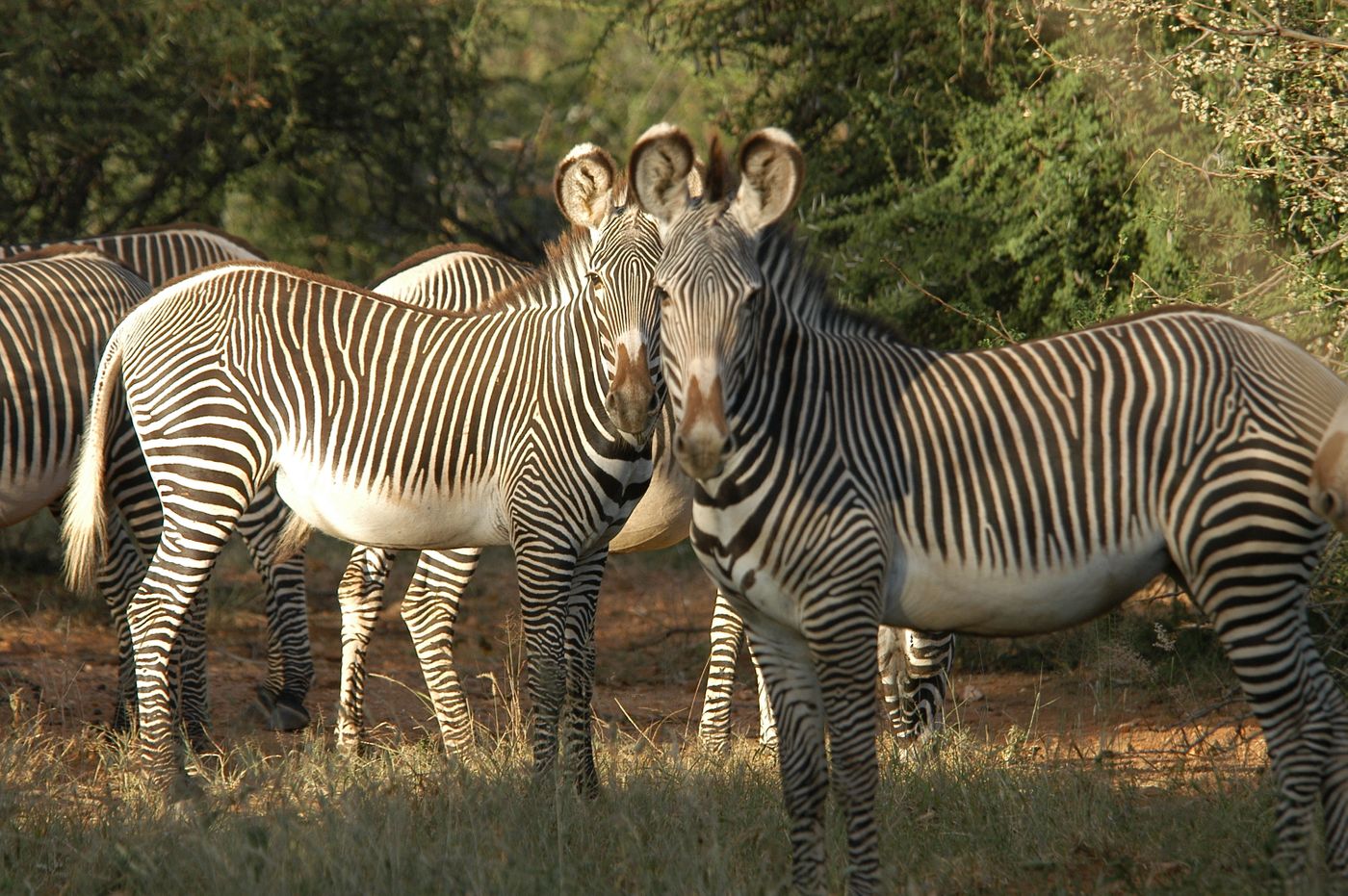Climate change and wildlife loss don't bode well for the fight against ticks
A new study published in the Proceedings of the Royal Society B from University of California Santa Barbara researchers predicts a scary future in the world of tick-borne disease: due to climate change and a loss of wildlife, the team’s findings suggest that the abundance of ticks that carry certain fevers are likely to rise in the future.
But how do climate change and wildlife loss combine to affect ticks and the world of zoonotic diseases? Using a year-long, size-selective herbivore exclosure experiment at the Mpala Research Centre in Kenya, the scientists found that total tick abundance and abundance of infected ticks greatly increased when large animals were lost. And as far as climate change’s role: larger animals in tend to not survive well in dryer, low-productivity areas; conditions that climate change spurs.
In order to analyze the abundance of ticks and two tick-borne pathogens, Coxiella burnetii and Rickettsia species, which cause Q fever and spotted fevers, the team designed four plot treatments. The first plot had only small rodent-sized herbivores (mostly mice); the second had intermediate-size animals (like hares and small antelope); the third had all types of animals except mega-herbivores such as giraffes and elephants. The fourth, control, plot did not have any animal restrictions.
From the experiment, the team discovered that at sites with a moderate amount of moisture, total wildlife exclusion increased total tick abundance by 130%; that compared with dry, low-productivity sites which saw a 225% increase.
"Our research suggests that large mammal conservation may prevent increases in tick abundance and tick-borne disease risk," said lead author, Georgia Titcomb. "These results are timely and relevant in light of widespread wildlife declines and unpredictable regional climatic shifts in a steadily warming world."
Large mammal conservation in Kenya and other parts of Africa is imperative to maintaining healthy ecosystems. Failure to prioritize such conservation could have serious consequences not only for wildlife but for humans as well.
"This [research] suggests that exposure risk will respond to wildlife loss and climate change in proportion to total tick abundance," said co-author Hillary Young. "We've shown these interacting effects increase disease risk, but they also highlight the need to incorporate ecological context when making predictions about the effects of wildlife loss on zoonotic disease dynamics."
Sources: Science Daily, Proceedings of the Royal Society B









